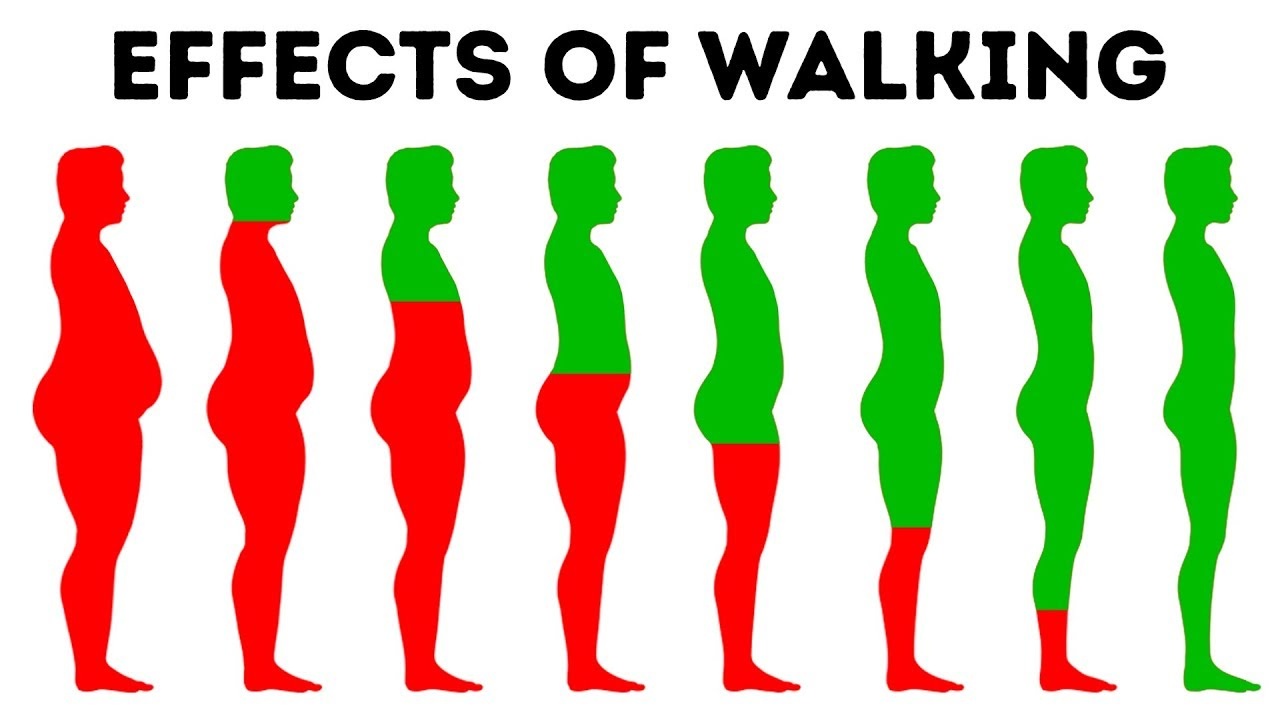In this article, you’ll see how a walking workout can change the course of your fitness journey! The objective of going from point A to point B does not limit the act of walking as it walks freely around. It works every part of your body, improves your fitness, aids in burning calories, and creates more energy. In this guide, we will consider an entirely new walking-at-home fitness complex that is suitable for everyone regardless of the level of preparedness.
Why Go for Walk-at-Home Workout?
There are many reasons people would want to use walk-at-home workouts but the most obvious reason is the impact, accessibility, and effectiveness that it provides the user. This technique uses uncomplicated walking motions, which are built into dynamic exercise routines involving all body parts. The user does not need to be an expert walker or a fitness enthusiast as much, because this workout enables the users to gain their goals step by step.
Now, where do I start, from a mile? That doesn’t sound great, but with this, I’m off!
To cater for ‘the jump’ into a walking while at home experience, this one-mile walking routine starts by bringing up the body temperature, by Easy/a brisk walk and now gently progressing into basic steps. Such experts gives reasoning that it is necessary to warm up prior to the following workout, so that: – The mind adjusts towards the session – The heart intensity goes up enabling enhanced performance – Muscles becomes loose aiding in enhancing athletic performance and preventing unforeseen injuries
The Four Key Steps for Maximally Refining Upper and Lower Appendages
Alternative Methods to Achieve Upper Body Engagement and Total Body Stabilization
Pumping one’s arms, engaging core muscles while maintaining a stable chest is an excellent warm-up procedure. This gives the body an idea of what is to be expected during repetitive movements; alternatively known as the rhythm for a sequence or an entire workout.
Level two involves twisting and performing a side step. Here the focus should be on lowering-glute quadriceps muscles and for a twist adding concentration and weight on the upper half by either rolling or moving the shoulders throughout.
Ballet dances and horse riding both allow the use of gentle kicks, the latter does so more elegantly and with improved balance. Kicks with some integrated arm reach are powerful moving arm draws that enable one to conserve more calories.
Knee lifts are an excellent way to enhance the body’s centre of gravity as well as improve movement stability by harmonising and lifting one’s knees. Shifting her upper body and torso forward or raising her arms. To downscale the exertion lifting one’s knees to mid-height will suffice.
Outpacing with Resistance Bands to Functionally Stimulate Muscles
Engagement of hunger muscles to wave and boost intensity throughout requires additional speed to one’s existing reps, along with the incorporation of stomach retaining or muscle retraction exercises which may enhance breathing resistance.
Dodge in squats, leg lifts, squat kick back and hip dips to keep the tension across the abdominal muscles and chest raised.
Resistance Training: A Game Changer for Walkers
Adding resistance training to your workout can be as easy as using a resistance band. For example, placing the band around the back while performing chest presses, band pull-aparts, and standing crunches strengthens your back, shoulders, and chest while improving posture and core stability and building protective joint muscle to protect against injury.
Cool Down: Relax and Recover
Every great workout should include a proper cool-down period to help aid in recovery. Slow kicks, tap-outs, and gentle static and dynamic stretches can bring your heart rate down, help you recover and in the process help you avoid dizziness. Cooling down allows you to better manage stress and prepare your body for the next workout by increasing blood flow and reducing the chances of muscle stiffness. Muscle groups that have been worked can be re-engaged through stretching exercises such as lunges and arm stretches that will leave you in finish feeling great.
The Benefits Of Walking Workouts
It is evident that a walking workout routine at home not only aids in burning calories but also helps in the improvement of cardiovascular health and the increase of strength in major muscle groups as well as coordination, balance and posture all while being easy to incorporate into a busy schedule.
Four Minutes to Fitness: Addendum
To those who are busy, it features a four minutes of high intensity exercises. Single-leg lift, reverse lunge, and squats exercises work your muscles and gets your heart pumping. As this is quick, it’s a perfect circuit to boost your fitness for the day.
Let’s Continue With The Whole Routine
Success comes from continuity. For best results, it’s essential to add walk-at-home exercises into your schedule at least three to five times in a week. You can also merge your workout with some light smoothies – like cold coffee, protein powder, and banana – as a preworkout hydration boost.
Conclusion
Walk-at-home is not simply an exercise; it is a walk-at-home fitness revolution. These workouts are great for self improvement, as they require no equipment and no gym. Throw on your sneakers, feel the beat and walk into a new healthy you!


